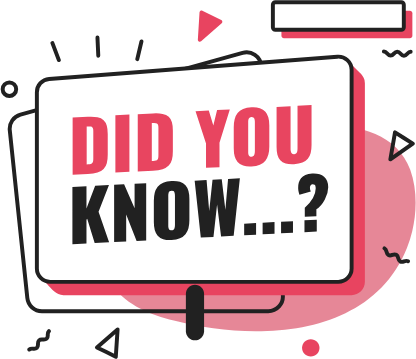Being a small business owner can be demanding, and it also takes you into a whole new world where you need to learn new stuff, and COGS (cost of goods sold) is one of the most crucial budgeting concepts for small business owners to understand. It is a term used to describe all of the direct costs connected with creating a product. Understanding COGS and controlling its elements draw the line between a profitable and not profitable business operation.
What is considered “direct costs” involved in the production of goods is measured by the Cost of Goods Sold (COGS). Briefly explained; Material expenses, direct labor costs, and direct production overheads are all directly tied to sales. COGS is taken out from revenue to determine gross profit. To put it differently, if revenue reflects your company’s entire sales of products and services, COGS represents the total cost of manufacturing or obtaining those things.
The cost of goods sold is an essential factor to consider when running a business that sells goods. Because the cost of goods sold is such an important factor in total profitability, it’s critical for any business owner or manager to grasp how COGS works and affects the bottom line. The entire amount you spent as a cost directly tied to the selling of products is known as the cost of goods sold.
Based on your operation, this might include goods acquired for reselling, materials, storage, and time associated with making or selling the product.
In other words, the cost of products sold may include the materials used in the product as well as the labor involved in producing each unit.
As a result, executives who understand and manage COGS can operate their businesses more productively and economically.
How to Calculate Cost of Goods Sold?
Your cost of goods sold figure should not include all costs associated with selling your product line or reselling goods online. Your PR budget, for example, is utilized to sell the product but is not included in your COGS. COGS refers to the costs of designing, producing, packing, and shipping your goods and consists of both direct and indirect expenses.
It’s straightforward, with only three variables to consider: starting inventory, acquisitions, and closing inventory. Each element, however, is layered with intricacy, involving many procedures to establish its worth. Looking to determine the point where costs and revenue balance out in your inventory management? Our comprehensive guide demystifies how to find the break-even point, simplifying complex procedures for your business.
The items that haven’t been moving are deducted from the total inventory and additional acquisitions at the end of the year. The equation’s final output is the cost of items sold throughout each term. Understanding your constant expenditures is crucial, as these costs will not change in direct response to the number of items sold.
To summarize, the cost of goods sold (COGS) is determined by summing up all of your direct costs in order to generate revenue. Only expenses that are directly engaged in producing revenue, such as the company’s inventory or labor costs that can be connected to specific sales, are used to calculate COGS. COGS, on the other hand, excludes fixed costs such as management salaries, rent, and utilities. Inventory is a critical component of COGS, and accounting standards allow for a variety of techniques to include in the assessment.
What is Included in Cost of Goods Sold?
The cost of products sold has a significant impact on margins. As you’d expect, if your cost of goods sold exceeds your pricing policy, your brand can not generate an income.
Costs that are commonly considered COGS include parts used in manufacturing, costs of storage, supplies of raw materials, items acquired with the intention of reselling, discounts in kind or cash, delivery costs, returns and refunds on purchases,
If you want to know how to calculate the cost of goods sold, note that marketing, administrative, and operational expenditures such as customer expenses, office rentals, PR, bookkeeping, regulatory fees, as well as wages, on the other hand, are not included in COGS. Non-operating costs like finance and structural costs are also rationally excluded from COGS.
Costs for items that have not been sold at the conclusion of a term are also removed from COGS. Instead, the inventory on hand at the conclusion of the period reflects these changes.
Cost of Goods Sold Formula: Let’s Calculate COGS
We know that it may seem like too much information about a new thing that just came to your life, but don’t worry; there’s a simple formula that you can use to calculate COGS easily. Additionally, understanding your acquisition cost of customers is vital: We will guide you through what customer acquisition cost entails, how you can compute yours accurately, and strategies to optimize it for enhanced business expansion.
COGS Formula in its simplest form is the common assessment by:
Well, that’s pretty much it! Happy calculating.

The average Metrobi driver rating is 4.97 / 5.00
Metrobi drivers are highly rated by local businesses for their professionalism and reliability, giving you peace of mind with every delivery.
Reduce Your Operational Costs with Metrobi
The result of COGS is almost never good enough for a small business owner, and thankfully, there are always new directions to take to get a better result, and Metrobi is your partner in reducing operational costs. Looking to find the threshold where your expenses and revenue align? Our comprehensive resource will walk you through understanding your break-even analysis to enhance your business’s financial health.
Offering a pioneering solution for wholesale and home deliveries, Metrobi helps reduce delivery costs by up to 30%. Increasing your profits by cutting costs, Metrobi provides a lifeline for many small businesses as a reliable delivery service. If convenience, low delivery costs, and flexibility are your main goals, simply sign up to get on board without the hassle of traditional deliveries. The best part is your delivery costs reduce as your volume increases. Discover ways to streamline your fixed expenses further with our insights, particularly focusing on how small businesses can fine-tune their essential fixed costs for better efficiency and savings.
Shortly after you start using Metrobi, you will witness the difference directly next time you apply the cost of goods sold formula. Lift the boundaries that limit your sales with Metrobi while committing to more orders. Expect your revenue to grow fast by not turning down any customers or urgent requests. Metrobi is much more than a courier service; it’s ready to become an essential part of your business.



























